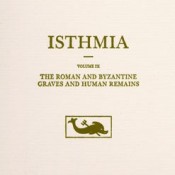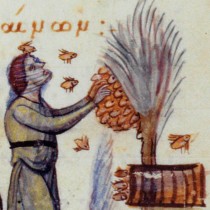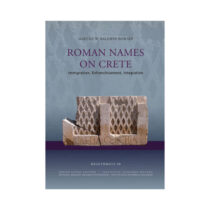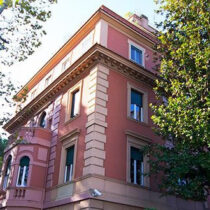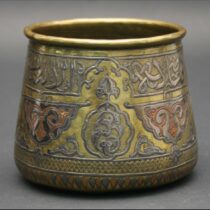In a major archaeological breakthrough, a team from the NL Museum of Kumanovo has uncovered a luxurious Hellenistic residence near the village of Mlado Nagoričane, in North Macedonia. Led by archaeologist Dejan Gjorgjievski, the excavation at the Gradishte site has brought to light one of the most important finds in the central Balkans — a late 4th-century BCE elite home that mirrors Greek Mediterranean styles, far beyond their usual geographic reach.
The house sits atop Gradishte hill, likely the site of an ancient acropolis, and features design elements typical of wealthy Hellenistic households. These include a central courtyard with a columned portico, painted plaster walls imitating stone masonry, and a private bath with a water system — all pointing to a high-status owner and strong cultural links to the Greek world.
Greek influence reaches the interior Balkans
Among the most extraordinary discoveries are Ionic column capitals and bases — fully intact and coated in plaster — which are the northernmost examples of this kind found so far in the Hellenistic world. According to Gjorgjievski, the craftsmanship and preservation reflect a conscious adoption of elite Mediterranean aesthetics.
This architectural evidence supports findings from a scholarly study, A Tale of Two ‘Hellenised’ Sites, co-authored by Gjorgjievski and Ivan Vranić, which argues that Hellenistic customs — especially in architecture, luxury goods, and spatial symbolism — reached far inland during the late Classical and early Hellenistic periods.
Artifacts reflect trade, culture, and everyday life
The excavation also yielded a diverse array of imported and local items, including West Slope pottery, amphorae from Thasos, and small perfume containers (unguentaria), dating from the 4th to 3rd centuries BCE.
One standout artifact is a locally made ceramic shard with a Greek vulgar graffito (“Ψωλή κύ…”), an example of what scholars call aporretic inscriptions — informal, often crude writings that offer a glimpse into the everyday language and humor of the time. It is the northernmost example of such graffiti ever discovered.
Layers of an unfinished story
Beneath the residence, archaeologists found remnants of even older stone walls, hinting at an earlier elite structure, though its age remains uncertain due to unclear stratigraphy. Future digs aim to clarify whether Gradishte hosted multiple phases of high-status habitation.
Other features from previous seasons include inner fortification walls, a stylobate-like platform, and a rock-carved sanctuary similar to the one at Rachi in Isthmia, Greece — further confirming Gradishte as a fortified and ritually important settlement with deep cultural integration into the Hellenistic world.
Gradishte and the NL Museum of Kumanovo
This excavation was carried out under the guidance of Dejan Gjorgjievski and organized by the NL Museum of Kumanovo, a rising institution in Balkan archaeology. The discovery not only enriches academic research but also boosts North Macedonia’s heritage tourism and regional cultural identity.
As Gjorgjievski explains, “Our discoveries at Gradishte show that Hellenistic influence went beyond coastal settlements — it shaped local power and domestic life deep inside the Balkans.”
Future plans
Upcoming excavation seasons will focus on deeper layers, material studies, and conservation work. There are also plans to create a digital reconstruction of the residence, offering scholars and the public a closer look at daily life in this remote yet highly connected Hellenistic home.
With every new find, Gradishte is reshaping the map of the ancient Greek world — placing North Macedonia at its cultural frontier.




